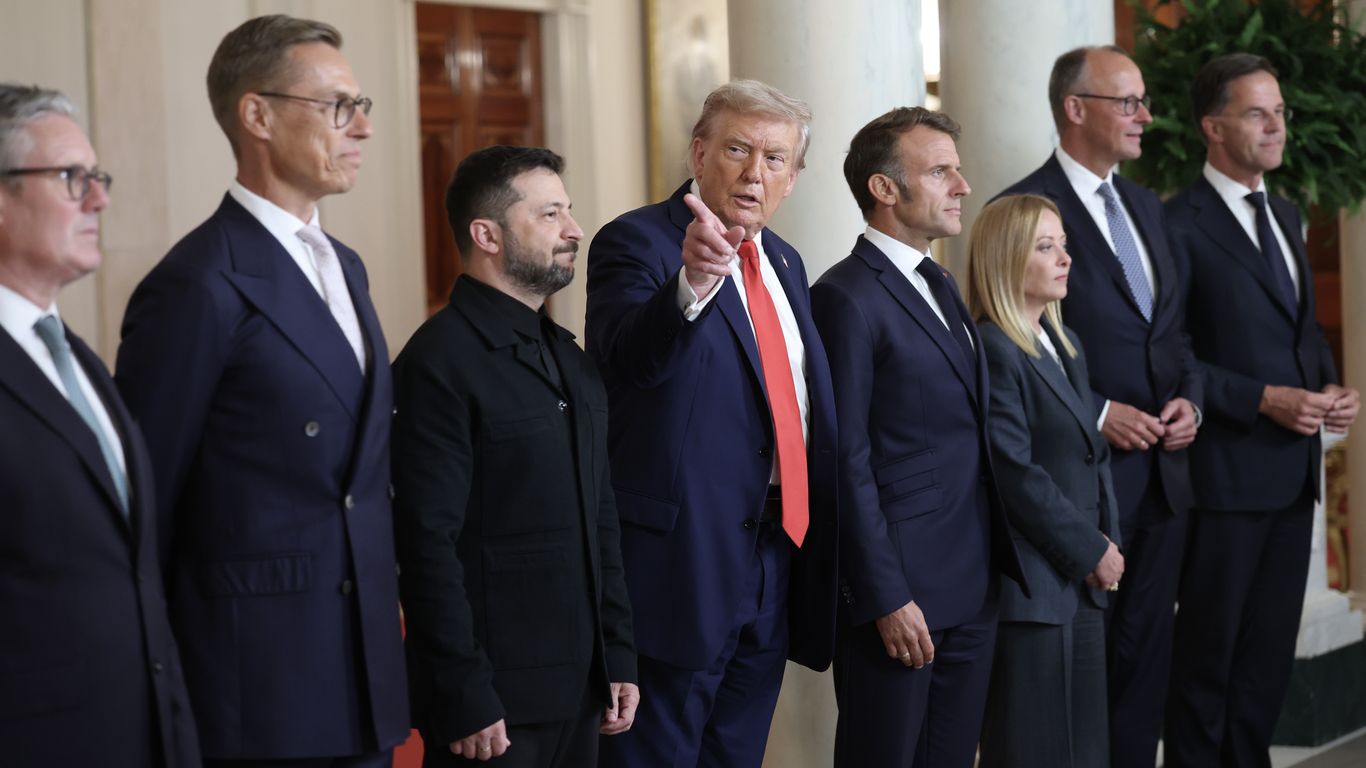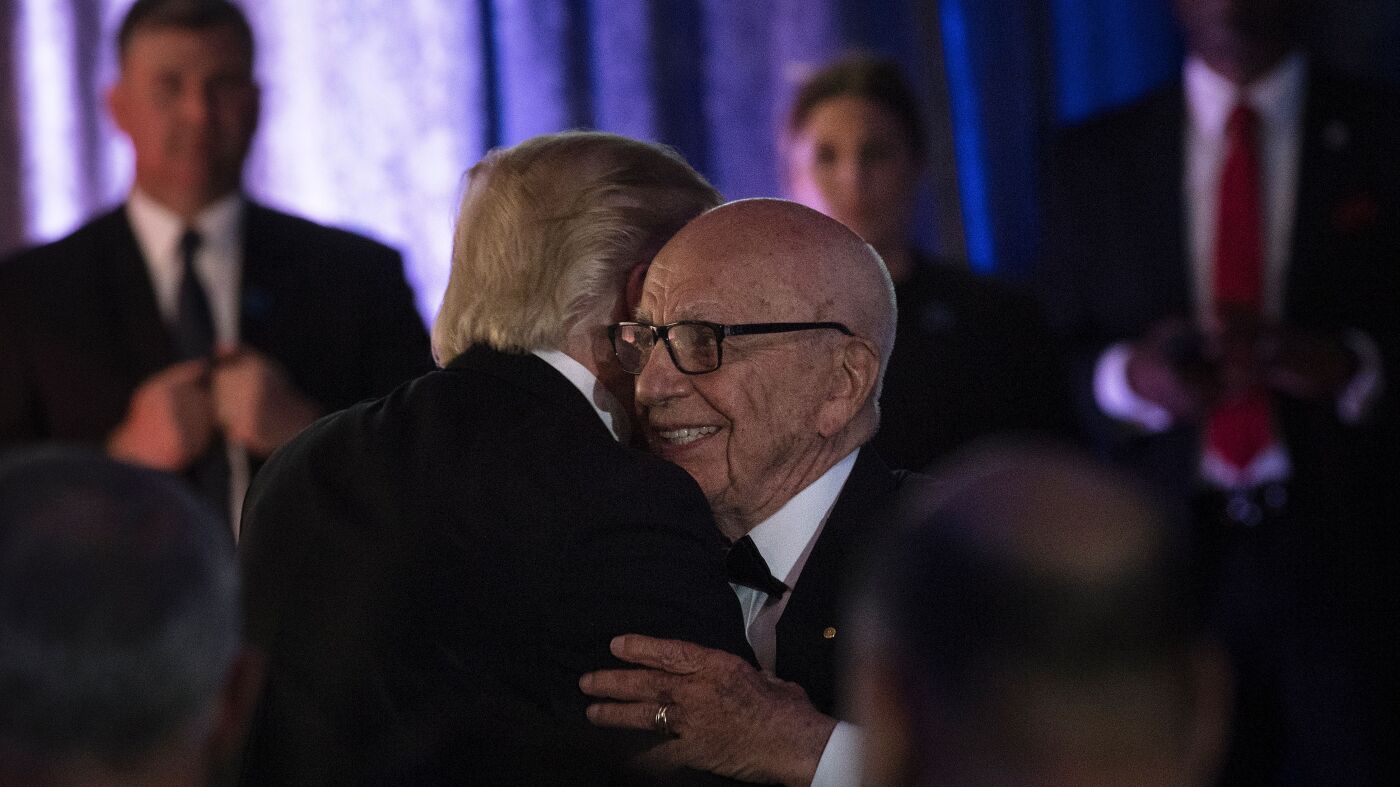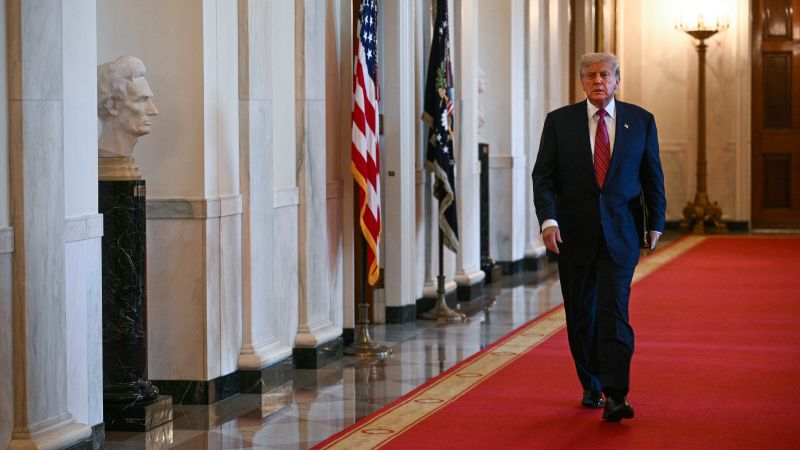Paramount's Controversial Settlement with Trump

Introduction
In a recent interview with James Stewart, media mogul Shari Redstone discussed the controversial legal settlement between Paramount and former President Donald Trump. Redstone expressed her hope that the rumored side deal with the White House is not true, as it could potentially harm the company's reputation and credibility.
Key Details
Paramount's settlement with Trump was to resolve a lawsuit over a '60 Minutes' segment that portrayed the former president in a negative light. Redstone believed that it was in the best interest of the company to settle the case and move on. However, she claimed to be unaware of any potential deal between Paramount and the White House, stating that she would not have approved such an agreement.
This controversy has sparked concerns over the ethical implications of a major media company making deals with a political figure. It also raises questions about the potential influence of the White House on the media industry.
Impact
The potential side deal between Paramount and Trump could have serious consequences for both parties. It could damage Paramount's reputation and credibility, while also raising questions about the integrity of the media industry as a whole. In addition, it could also have political implications, as it could be seen as a conflict of interest and influence on the media by the White House.
Redstone's hope that the rumored deal is not true reflects the concerns
About the Organizations Mentioned
Paramount
Paramount Pictures is one of the oldest and most influential film studios in the world, with its origins dating back to 1912 when Adolph Zukor founded the Famous Players Film Company. It officially became Paramount Pictures after a series of mergers with Jesse L. Lasky’s company and the distribution firm Paramount Pictures Corporation, founded by W.W. Hodkinson, who also designed the iconic mountain-and-stars logo symbolizing the studio’s roster of contracted stars[1][2][4][7]. This logo has become one of the most recognizable in entertainment history, initially featuring 24 stars representing its prominent actors[4]. Throughout its history, Paramount has been a pioneer in the film industry, producing and distributing landmark films and franchises such as *The Godfather*, *Breakfast at Tiffany’s*, and *Indiana Jones*, helping shape Hollywood’s Golden Age and modern blockbuster era[6]. The studio experienced significant ups and downs, including financial struggles during the Great Depression when it gambled on provocative films, and later corporate transformations. In 1966, Gulf+Western Industries acquired Paramount, marking a strategic shift toward media and communications, culminating in the rebranding as Paramount Communications in 1989[6]. Paramount’s legacy includes key contributions to technological and cultural milestones in entertainment. It was the last major studio physically located in Hollywood, maintaining a historic connection to the film industry’s roots[4]. The company has also been at the forefront of evolving media landscapes, adapting to changes in distribution, ownership, and content delivery, notably under Viacom ownership in the 1990s, which saw a resurgence in box office success[6]. Today, Paramount remains a major player in global media, producing diverse content across film, television, and digital platforms, continuing its century-long tradition of innovation and influence in entertainment and media technology. Its enduring brand and extensive library underscore its significant role in the intersection of business, culture, and technology in the entertainment industry.
White House
The **White House Office** is a central organizational component within the Executive Office of the President of the United States (EOP), tasked with supporting the President in managing day-to-day operations, policy formulation, and political affairs. It is headed by the White House Chief of Staff and staffed by senior aides who report directly to the President, including those with titles such as Assistant to the President and Deputy Assistant to the President. These staff members are mostly political appointees without the need for Senate confirmation, allowing the President considerable discretion in shaping the office to suit each administration's priorities[1]. Historically, the White House Office was established in 1939 through Reorganization Plan 1 and Executive Order 8248 to provide immediate assistance to the President. It functions as the nerve center for presidential staff, physically located primarily in the West Wing, and plays a pivotal role in managing the President’s policy agenda, communications, and political strategy. Its flexible organization allows each President to tailor the staff composition and roles according to their governance style and objectives[1]. In the current context of 2025, the White House Office operates under the administration of President Donald J. Trump, who returned to office after the 2024 election. His administration emphasizes rejecting prior policies deemed extremist and focuses on enhancing quality of life, economic growth, and American energy dominance. The administration includes Vice President JD Vance and First Lady Melania Trump, among others, with a Cabinet advising on various governmental functions[4][6]. Recent initiatives linked to the White House’s operational sphere include the establishment of a new **Department of Government Efficiency (DOGE)** aimed at modernizing federal technology and software to boost government productivity. The DOGE agenda is implemented through the renamed United States DOGE Service within the Executive Office, reflecting a concerted push to leverage technology for administrative modernization[5]. Notably, the White House Office also coordinates national security and homeland security functions through the National Security Council staff, underscoring its central role












